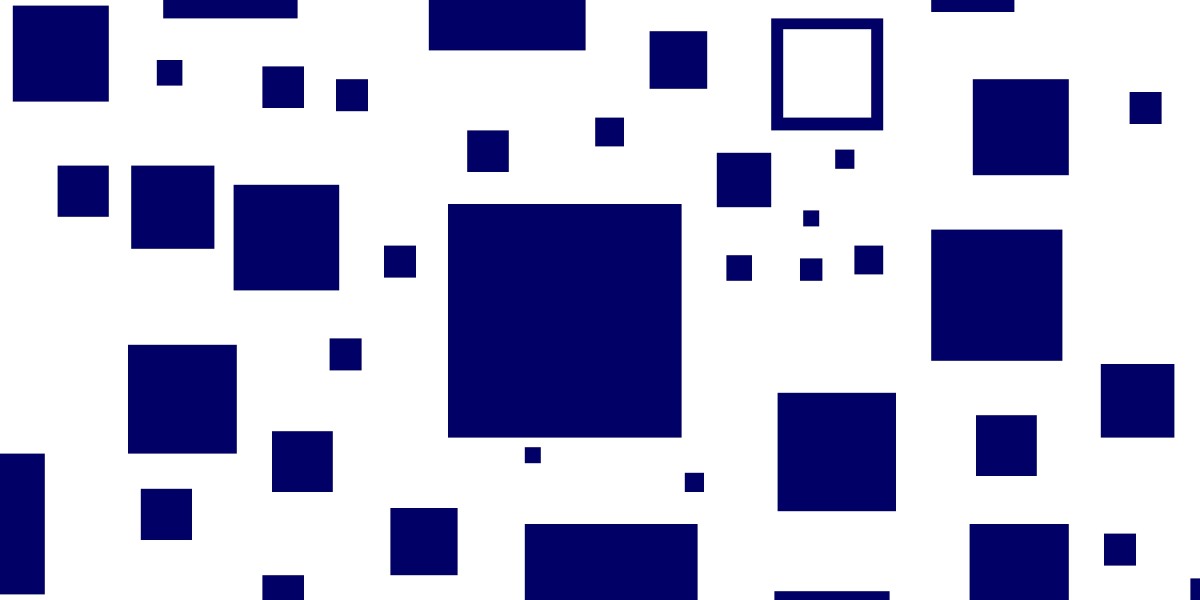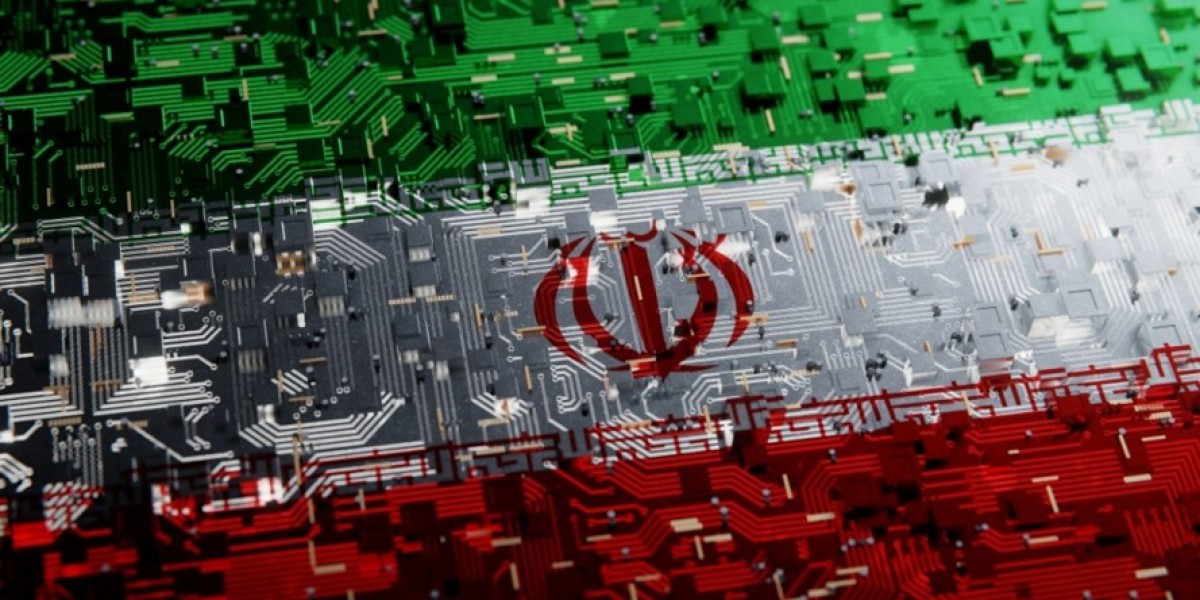Overview
KPV was originally identified for its ability to inhibit the activity of neutrophil elastase and reduce inflammatory cytokine production. In athletes and bodybuilders, chronic exercise-induced inflammation is a common barrier to consistent progress. By dampening this response, KPV may help users experience less muscle fatigue and a faster return to high-volume training sessions. Additionally, preliminary studies suggest that KPV can enhance the expression of certain growth factors associated with muscle repair, although these findings are still in early stages.
Mechanism of Action
The peptide binds to specific receptors on immune cells, blocking the recruitment of neutrophils to sites of tissue damage. This blockade reduces the release of reactive oxygen species and hikvisiondb.webcam pro-inflammatory mediators such as tumor necrosis factor alpha and interleukin 6. In muscle tissue, a lower inflammatory milieu promotes satellite cell activation and efficient protein synthesis without triggering excessive catabolic signaling.
Benefits for Bodybuilders
- Faster Recovery – Users report less delayed onset muscle soreness after high-intensity sessions, allowing them to train more frequently.
- Improved Training Consistency – By minimizing inflammation-related fatigue, athletes can maintain higher training volumes across the week.
- Potential Support for Hypertrophy – While KPV does not directly stimulate muscle protein synthesis, the reduced catabolic environment may create a more favorable setting for growth when combined with proper nutrition and resistance training.
- Joint Health – Inflammation contributes to joint discomfort during heavy lifts; KPV’s anti-inflammatory effects can help protect connective tissues.
Common protocols recommend 0.5 to 1 milligram of KPV per kilogram of body weight, administered twice daily via subcutaneous injection or intramuscular route. For example, a 70-kilogram athlete might take 35 to 70 milligrams each dose. Some users prefer a loading phase of higher doses (up to 2 milligrams per kilogram) for the first week to accelerate anti-inflammatory effects before tapering to maintenance levels.
Timing
Taking KPV shortly after workouts can target the acute inflammatory spike that follows resistance training. Alternatively, some protocols schedule injections at the same time each morning and evening to maintain a steady anti-inflammatory presence throughout the day.
Side Effects and Safety
KPV is generally well tolerated in short-term studies. Minor injection site reactions such as redness or mild swelling are reported by a small subset of users. There have been no significant systemic side effects documented, but long-term safety data remain limited. As with any peptide therapy, it is essential to source products from reputable manufacturers and follow proper sterile technique during administration.
Interactions
KPV does not appear to interfere directly with anabolic steroids, testosterone boosters, or other common supplements used in bodybuilding. However, because it modulates immune function, combining KPV with immunosuppressive agents (e.g., high-dose corticosteroids) could potentially blunt the intended anti-inflammatory benefits. Users should consult a healthcare professional before mixing therapies.
Practical Considerations
- Sterility – Peptides must be prepared in a sterile environment; many bodybuilders opt for pre-filled syringes to avoid contamination risks.
- Cost – High-purity peptide kits can range from $50 to $150 per milligram, making the total cost of a 4-to-6-week cycle substantial.
- Legal Status – The regulatory status of KPV varies by country; it is typically classified as a research chemical rather than an approved supplement, so legal purchase and use may be restricted.
Unlike nonsteroidal anti-inflammatory drugs (NSAIDs) that blunt pain perception but can impair muscle adaptation if used chronically, KPV offers a targeted suppression of specific inflammatory pathways without broadly inhibiting prostaglandin synthesis. This selective action may preserve the beneficial aspects of inflammation necessary for muscle repair while reducing detrimental overactivation.
User Experiences
Many bodybuilders who have incorporated KPV report noticeable reductions in soreness after intense squat or deadlift sessions. Some athletes note that they can maintain higher training volumes (e.g., more sets per muscle group) without feeling the cumulative fatigue that typically limits progression. Anecdotal evidence also suggests a smoother transition into high-volume phases during cutting cycles, where recovery demands are heightened.
Research Gaps
While preclinical studies demonstrate clear anti-inflammatory effects, human trials specific to athletic performance and muscle hypertrophy are scarce. Randomized controlled studies measuring strength gains, lean mass changes, and recovery markers would provide more definitive evidence of KPV’s utility in bodybuilding.
Conclusion
KPV presents a promising adjunct for bodybuilders seeking to manage exercise-induced inflammation without compromising anabolic signaling. Its peptide structure allows precise modulation of immune pathways, potentially enabling athletes to train harder and recover faster. However, limited clinical data and the necessity for sterile administration highlight the importance of careful sourcing and professional guidance when integrating KPV into a training regimen. Continued research will clarify optimal dosing strategies, long-term safety, and its role relative to other recovery modalities in the pursuit of muscular development.



